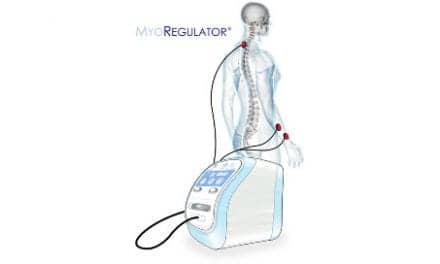.png)
Bruce Ovbiagele, MD, professor of neurosciences at UC San Diego rearticulates the study’s findings, which indicate, “that people with pre-diabetes should be aware they are at increased risk of stroke, and that this condition is frequently associated with one or more major risk factors for cardiovascular disease,” Ovbiagele says. He adds that there remains a great need for researchers to refine their understanding of the risk and how it can be measured.
The study reports that Ovbiagele and his team reviewed 15 qualifying prospective cohort studies that explored the potential link between pre-diabetes and stroke risk. The studies were published between the years of 2004 and 2011, encompassing 760, 925 participants, researchers say. The results suggest the link between future stroke risk and pre-diabetes relied upon the definition of pre-diabetes. The study notes that according to the 1997 American Diabetes Association (ADA), normal fasting glucose measurement ranges as between 70.2 to 100 milligrams per deciliter (mg/dL). This indicates that a level between 100 and 126 mg/dL is considered pre-diabetic and a level of 126 mg/dL or above is diabetic. Using this standard, researchers report that pre-diabetic patients in the the studies with a fasting glucose measurement of 110 and 125 mg/dL carried a 21% higher risk of suffering a future stroke.
Researchers add that in 2003 the ADA redefined the fasting glucose level for pre-diabetes to 100 to 125 mg/dL. As a result, researchers say they found no increased stroke risk for pre-diabetic patients with fasting glucose levels of 100 to 109 mg/dL. The difference in the findings may suggest a “threshold effect” in the link between fasting glucose levels and future stroke risk, Ovbiagele says, reporting that the elevated risk may only begin at or above a fasting glucose of 110 mg/dL.
Ovbiagele emphasizes the need for additional research that should include an assessment of more recent glycemic biomarkers followed by randomized, controlled trials involving drugs and/or lifestyle modification in order to evaluate the effect of treatments in reducing the risk of future strokes. Presently, he suggests clinicians recommend therapeutic lifestyle changes and maximize control of established stroke risk factors in patients with pre-diabetes.
Source: UC San Diego School of Medicine



